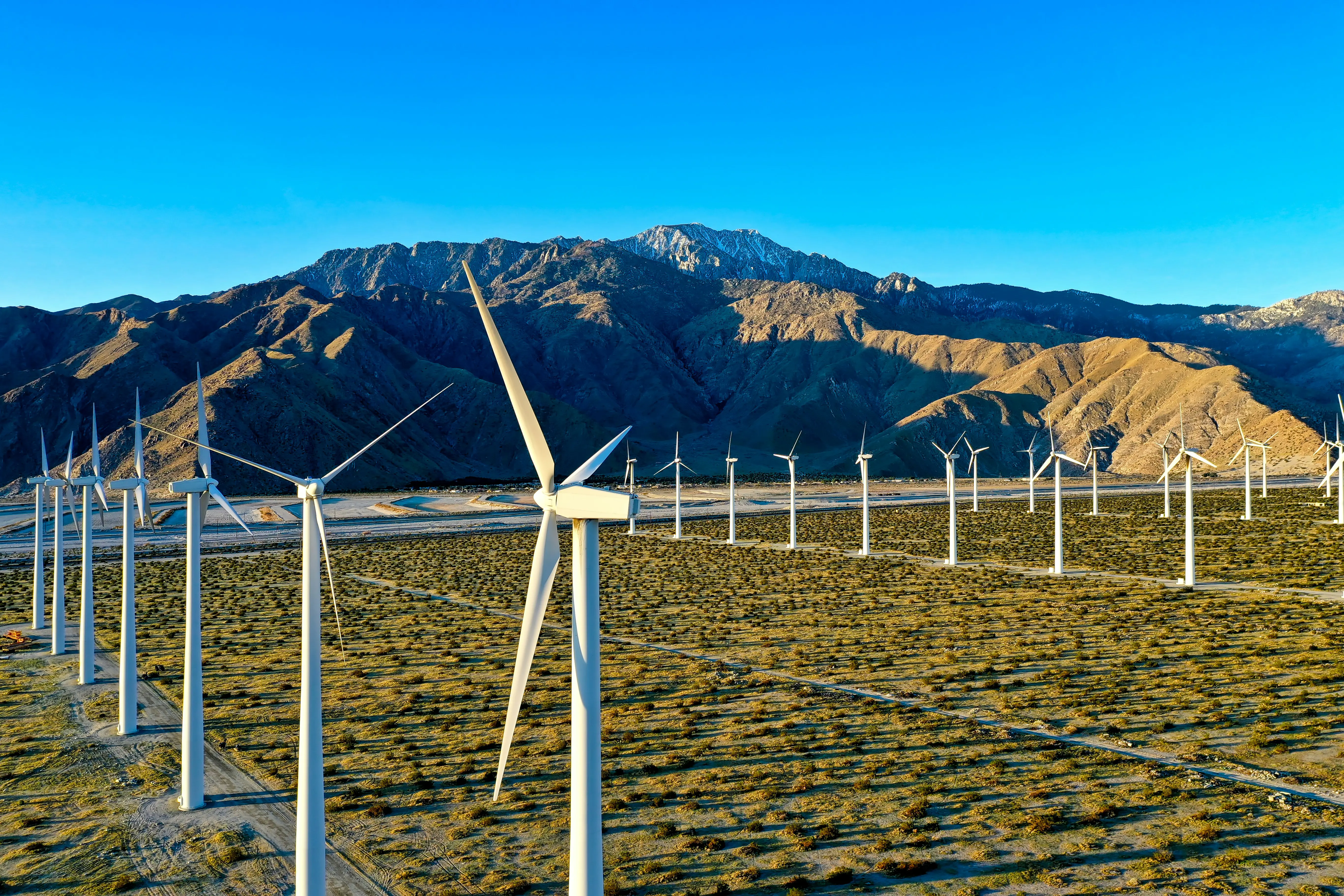Wind Turbines: Key Players In The Uk's Green Energy Future

Professor Christopher Vogel sheds light on the pivotal role of wind turbines in the UK's journey towards a sustainable future. As the nation strives to meet its net zero targets, understanding the efficiency and potential of wind energy becomes crucial.
How Wind Turbines Operate
Wind turbines transform the kinetic energy from wind into electrical energy. These towering giants, some with rotor diameters over 200 meters, are among the largest machines ever constructed. A single turbine can provide electricity to power 15,000 to 20,000 homes. The UK's offshore wind potential is particularly robust, thanks to the North Sea's strong winds and shallow waters, offering one of the world's best renewable energy resources.
Efficiency and Capacity
Modern turbines approach the Betz Limit, which is the theoretical maximum efficiency of 59.3% for wind energy conversion. The 'capacity factor', the percentage of time a turbine generates electricity at full capacity, is crucial. Offshore turbines in the UK boast a capacity factor of over 40%, outperforming onshore turbines and solar power, which face challenges like cloud cover and the day-night cycle.
Economic and Environmental Benefits
Wind power has already significantly decreased the UK's reliance on fossil fuels, with wind contributing about 30% to the national grid in recent years. Projects like the Berwick Bank offshore wind farm exemplify the UK's commitment, aiming to produce enough power for over six million homes.
Challenges and Solutions
Despite its benefits, wind energy faces challenges. The variability of wind necessitates an overhaul of the National Grid and development of energy storage solutions. Maintenance and decommissioning, especially of offshore turbines, present additional hurdles. However, innovations in drone technology and recycling processes are paving the way for more sustainable practices.
The Road Ahead
To fully harness wind energy, the UK needs to implement supportive policies, upgrade grid infrastructure, and invest in the workforce. The Contracts for Difference scheme has already reduced costs, but further investments in ports, manufacturing, and planning are essential. Building a circular wind economy not only enhances energy security but also creates opportunities for growth in green jobs and advanced materials.
Professor Vogel emphasizes that realizing the full potential of wind energy is a multidisciplinary challenge, involving engineering, physics, and economics. With the right momentum, the UK can lead the way in sustainable energy solutions.